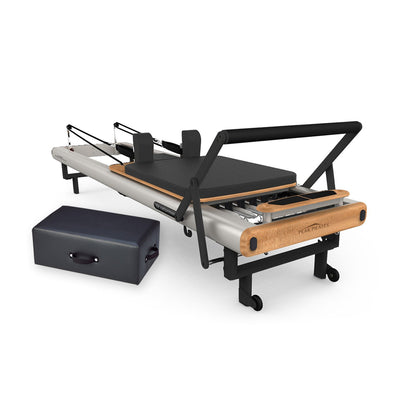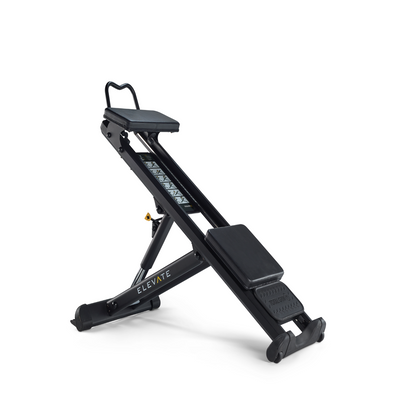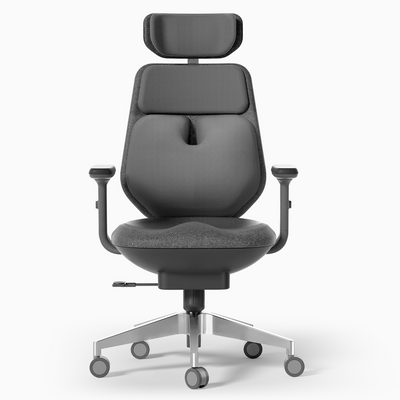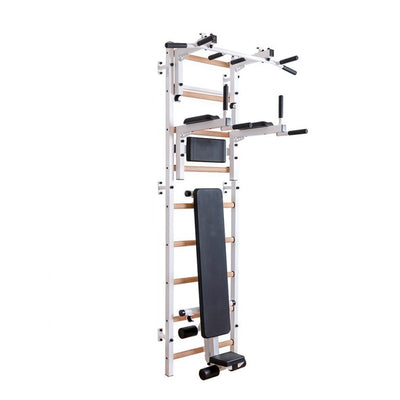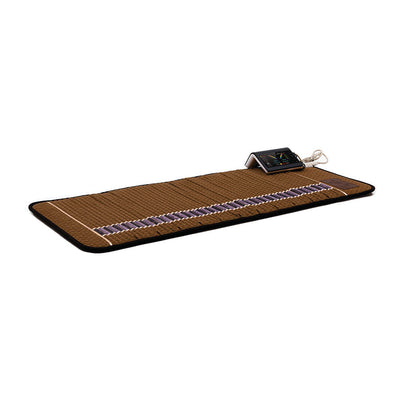
Pilates Chair vs. Reformer: Breaking Down the Differences
In the expansive world of Pilates, different apparatuses offer varied exercise experiences, each tailored to particular goals and challenges. The Pilates Chair and the Reformer are two such pieces of equipment, each with its unique set of exercises and benefits. This article takes a closer look at the distinctions between the Pilates Chair and the Reformer, shedding light on their individual advantages.
A Brief Overview of the Equipment
-
Pilates Chair: Often termed the "Wunda Chair," this compact piece of equipment consists of a small seat with one or two pedals below. These pedals, attached with springs to adjust resistance, can be pressed down with the hands, feet, or other body parts, enabling a variety of exercises.
-
Pilates Reformer: A longer apparatus, the Reformer comprises a bed-like frame with a movable carriage. Springs connected to the carriage provide varying levels of resistance. The Reformer also has a footbar and straps, adding to its versatility.
Distinguishing Features and Benefits
-
Versatility and Exercise Range
- Chair: The Pilates Chair offers a broad spectrum of exercises despite its compact design. It challenges the user's balance, strength, and stability, particularly targeting the lower body and core.
- Reformer: Renowned for its versatility, the Reformer facilitates a wide range of full-body exercises, emphasizing core stability, limb strength, and flexibility.
-
Space and Set-Up
- Chair: Given its smaller footprint, the Chair is more space-efficient and can fit easily into most home or studio settings.
- Reformer: Generally larger, the Reformer requires more space. Some models, however, come with wheels or can be stored vertically to save room.
-
Intensity and Focus
- Chair: Exercises on the Chair can be quite intense, especially as they often challenge one's balance and coordination. The emphasis is frequently on leg strength, deep core activation, and proprioceptive challenges.
- Reformer: With its broader range of exercises, the Reformer offers both low-impact, rehabilitative movements and challenging strength-based exercises, making it suitable for various fitness levels and goals.
-
User Adaptability
- Chair: The Chair can be a challenging piece of equipment for novices due to its demand for balance and coordination. Still, with proper guidance, users can progressively master its exercises.
- Reformer: Its adaptability makes the Reformer popular among both beginners and advanced practitioners. The moving carriage and adjustable resistance levels cater to a broad audience, from rehabilitation patients to athletes.
-
Training Goals
- Chair: Often used for strength training, especially for the lower body, the Chair also excels in enhancing balance, agility, and functional movements.
- Reformer: The Reformer offers a comprehensive workout, focusing on strength, balance, coordination, and flexibility, all in one session.
In Conclusion
The decision between the Pilates Chair and the Reformer often hinges on individual training goals, space considerations, and personal preferences. Both apparatuses bring unique challenges and benefits to the table, enriching the Pilates experience. For a comprehensive Pilates journey, incorporating both the Chair and the Reformer can offer an optimal blend of strength, flexibility, and balance training.
« Back to Pilates Blog



